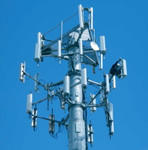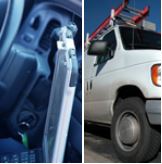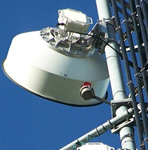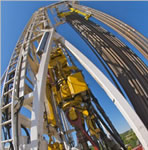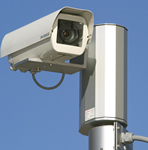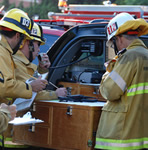Rfwel Engineering is an Arizona Registered Engineering firm Reg#17227 and a Licensed Low Voltage Communication Contractors [Commercial]: ROC#322820 specializing in helping clients in various industries design, install, and maintain wireless systems and solve complex signal coverage problems. This includes designing custom wireless links for backhaul of remote system data such as for controlling or monitoring of remote IoT sensors and terminal units. As part of our total solution promise, we supply the infrastructure equipment including enclosures, power solutions, mounts, cabling, and more. Learn More
| Medium Range Wireless Bridging Solutions |
|
| Drawing Link |
Brief Description
|
 |
Point-to-Point Bridge & Wireless Distribution System
|
 |
Amplifying WiFi + Long-Range WiFi USB Adapter
|
 |
Converting Cellular to WiFi then Bridging Distant Site
Useful to share cellular 3G/4G Internet connection with another LAN client is a remote location. Easier to condition the cellular signal once (i.e to amplify it if weak) then distribute 802.11b/g/n WiFi as opposed to trying to distribute the boosted cellular signal.
|
 |
Medium Range (<1km) Point-to-Point Link with WiMax Backhaul
Convert 4G WiMax to a wireless PtP link using 5.8GHz radios. Useful in backhauling data from a remote location.
|
 |
Remote location Wireless Internet Bridging
To extend a WLAN (WiFi) or LAN network to a remote location up to 3000ft away or to get Internet to a remote location. One location has DSL/Cable modem but remote location doesn't. Long ranges above 500ft require a line of sight for best performance. To avoid 2.4GHz interference consider using 5.8GHz radios for the Point-to-Point (PTP) link. Minimize coaxial cable runs to high gain antennas.
|
 |
Large Coverage WiFi System Setup
Uses high-power access point, high gain antennas and 2.4ghz amplifiers to extend WiFi coverage.
|
 |
900MHz Bi-Directional Amplifier for FHSS/DHSS and other radios
Particularly useful for SCADA applications. Boost the 900MHz radio signal and use a high-gain directional Yagi antenna to aim signal to partner radio.
|
| Long Range Wireless Bridging Solutions |
|
![]()


